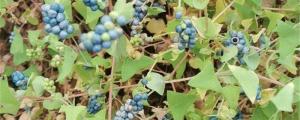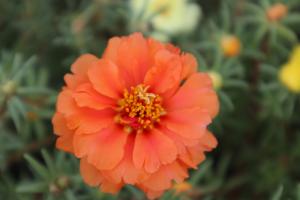1、 Seed reproduction
Non artificially cultivated Qingdao lilies are often distributed in groups, as few as a few, as many as dozens, with a large difference. Seed is the main breeding carrier of Qingdao lily. Here we recommend a specific operation method:
1. Preparation materials:
The seeds of Qingdao lily, 30 ℃ warm water, wet sand, watering can filled with water, peat, peat (or vermiculite) and shading net were harvested in advance in early November
2. Steps:
(1) Put the seeds into warm water and stir. The seeds will sink after absorbing water. At this time, the seeds can be fished out
(2) Put the fished seeds into wet sand, stir, and promote sprouting at a constant temperature of 20 ℃
(3) Spray water regularly to keep the sand moist during germination. Wait for about 10 ~ 15 days to germinate one after another. If the operation is correct, the germination rate will reach more than 70%. Be patient~
(4) Insert the germinated seeds into peat and cover them with peat (or vermiculite), with the thickness controlled at about 1 cm, and continue to ensure the use of moist soil (the water content should be 30% ~ 40%)
(5) When placed at a temperature higher than 25 ℃, it takes about 40 ~ 50 days for the cotyledon with seed coat to be unearthed, and then the seedling emergence is completed
(6) After emergence, we should not slack off. We should use shading net (shading rate is about 80%) to shade, so as to prolong the growth cycle. Remember not to be exposed to strong light

2、 Seed ball reproduction
Qingdao lily is a growth mode in which the seed ball replaces the mother. Loose or broken scales, root discs and underground stems of plants can all occur
1. Primordial ball
Bulbs with a circumference greater than 8cm are common, and the internal foundation mostly occurs from the axil of the scale leaves. The basal root starts to crawl and form a sub ball. The number of newborn baby balls is different according to the difference of the mother. When the scales fit loosely, it is easier to produce baby balls

2. Root disk seed ball
The axillary part of the scale on the side of the stem axis of the mother will also produce daughter balls, differentiate into scales, and then form new individuals
3. Cauline seed ball
The Pearl buds of Qingdao Lily do not occur on the stems on the ground, but on the stem axis under the soil. They are called cauline seed bulbs, but they are rare


 how many times do yo...
how many times do yo... how many planted tre...
how many planted tre... how many pine trees ...
how many pine trees ... how many pecan trees...
how many pecan trees... how many plants comp...
how many plants comp... how many plants can ...
how many plants can ... how many plants and ...
how many plants and ... how many pepper plan...
how many pepper plan...































